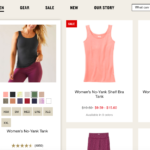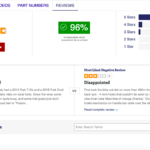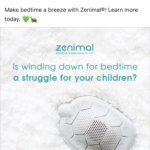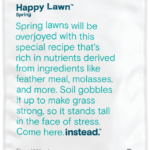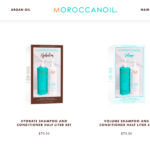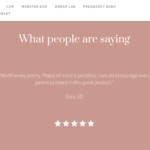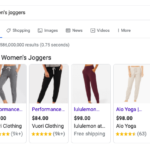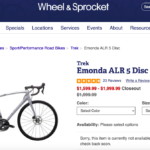11 Places to Include Reviews in Your Marketing Strategy (with 40+ Examples)

By now, the majority of brands understand the positive impact reviews can have on the bottom line. 94% of consumers say that positive reviews make them more likely to use a business (BrightLocal). And brands can experience as much as a 128% lift in conversion rate when shoppers interact with ratings and reviews (Bazaarvoice).
Why are reviews such a powerful purchase driver? Because consumers trust content written by others like them. BrightLocal found that 79% trust online reviews as much as personal recommendations from friends or family.
In fact, many shoppers trust reviews written by complete strangers more than they do marketing messages from a brand. Only a third of customers trust most of the brands they buy or use (Edelman). And 41% of consumers don’t trust a brand’s marketing to be truthful (Forbes).
Those are some pretty discouraging data points for businesses looking to attract, convert and retain customers.
The good news? Brands can bridge the gap by infusing their marketing with the trusted, authentic voices of their consumers. How? By including ratings and reviews in their marketing and advertising initiatives.
Looking for ideas to get started? Let’s take a look at ten key places winning businesses are using reviews in their advertising and marketing strategy — along with more than 30 real-life examples.
Gallery: 40+ Examples of Reviews in Marketing & Advertising
11 Places to Include Reviews in Marketing
1. On Product Pages
Product pages are where shoppers decide whether or not to convert. And as we mentioned earlier, reviews are proven to increase conversion on these pages.
So be sure to prominently display review content on your product pages. Make sure the content is easy to find and consume — regardless of the device a shopper is using to browse.
Let’s take a look at an example from Wheel & Sprocket, a full-service bike shop. A shopper checking out this particular bicycle can easily see it has an average star rating of about 4.5 — and 23 reviews.
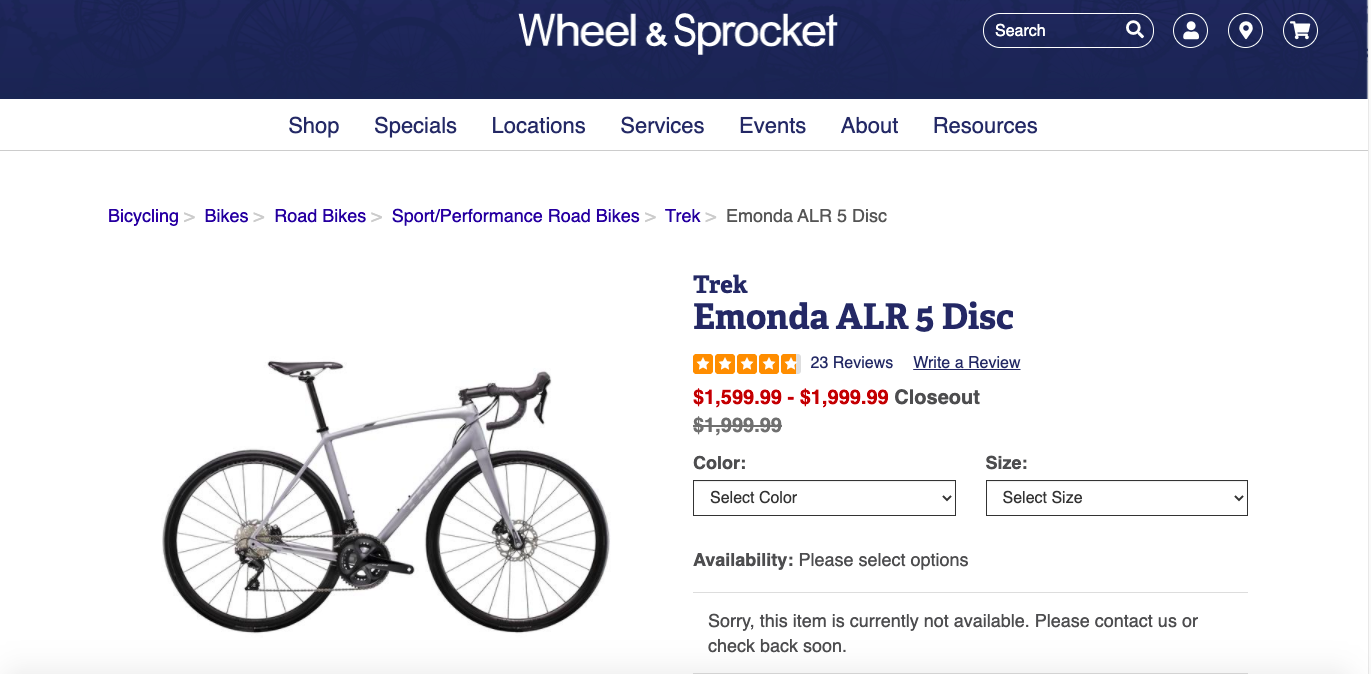
When the shopper clicks on the text “23 reviews,” they’re taken to a more in-depth review display. The shopper gets a great overview of the review content for this bike. Then, they can sort and filter the reviews to find the content that’s most relevant to them. There’s also a search box so they can quickly find reviews that are specific to the things that matter most to them.
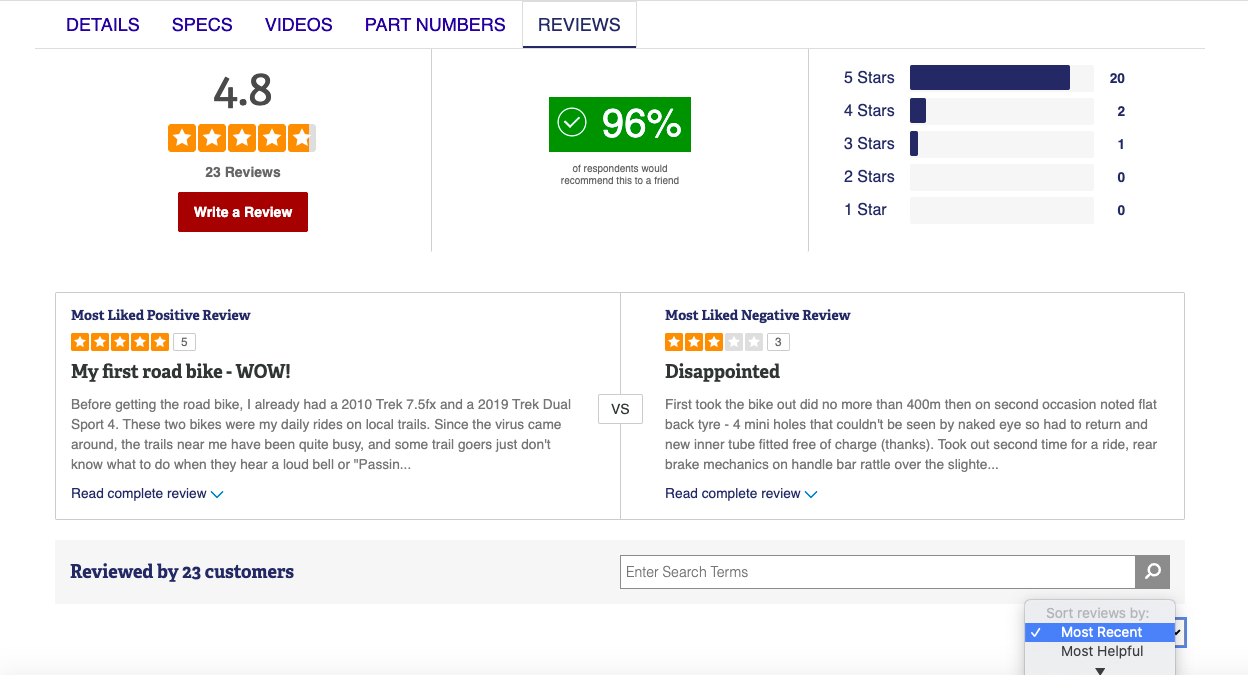
Athletic apparel brand Athleta has a great review display, too. Again, the shopper can quickly see the average star rating and review count right at the top of the product page for these pants.
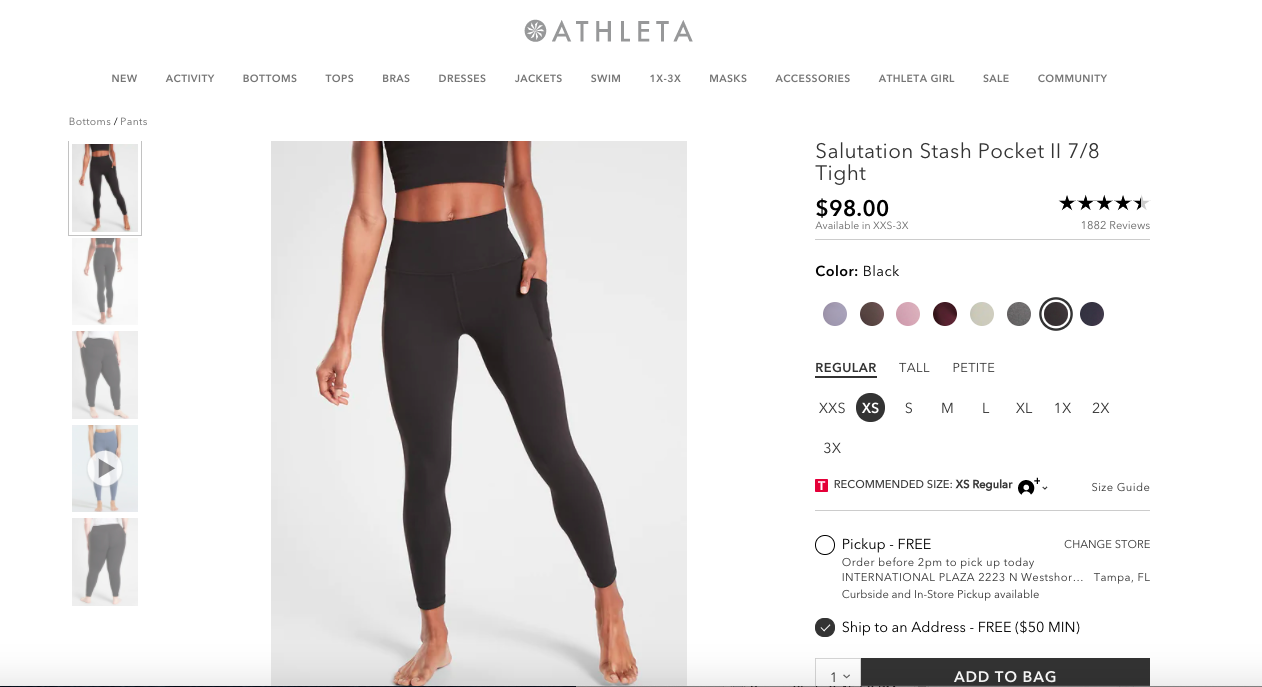
If this preview piques their interest, they can click through to get more details, including a snapshot of how reviewers say this particular product fits. One cool thing about this display is that shoppers can filter reviews by the review writer’s height and weight. That way, a consumer can easily learn how the product works for others with similar body types.
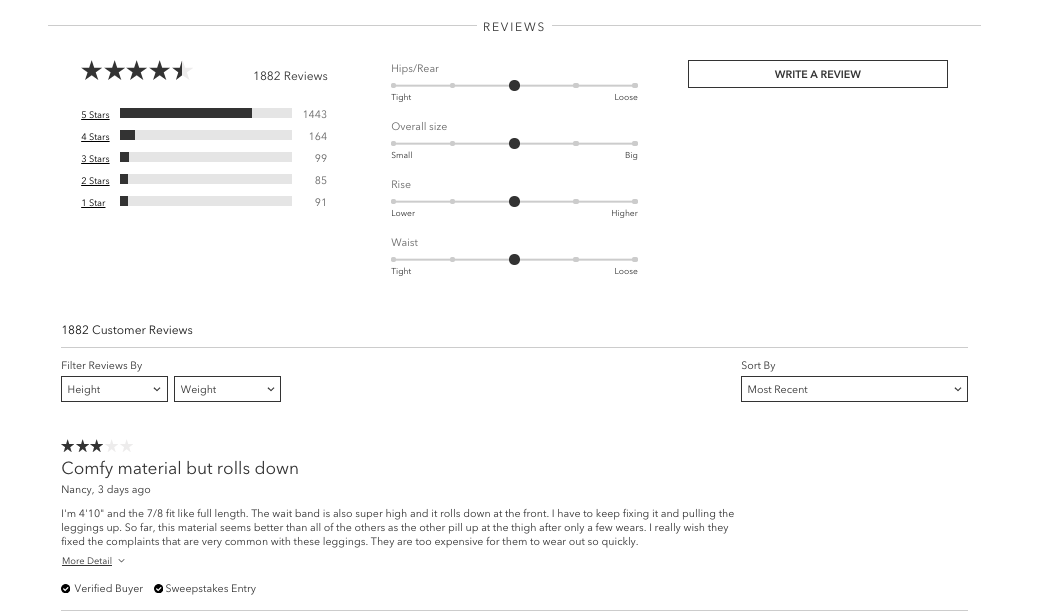
2. On Your Amazon Product Pages
Reviews are one of the top reasons consumers shop on Amazon. So if you sell your products on Amazon or other marketplaces, reviews are key.
Of course, the reviews you generate on Amazon will automatically display on your product pages. But some brands also opt to feature the average star rating or text from a review in one of their product images. Here’s an example from Larabar.
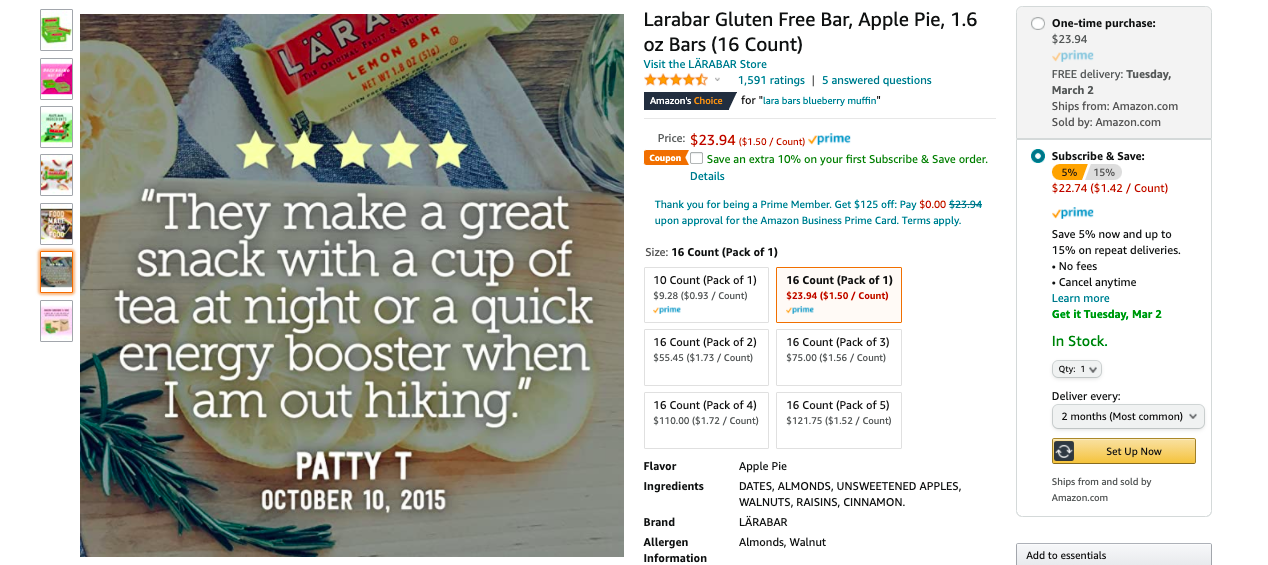
And another from a pet stain odor removal company, with an image depicting reviews from across the country.
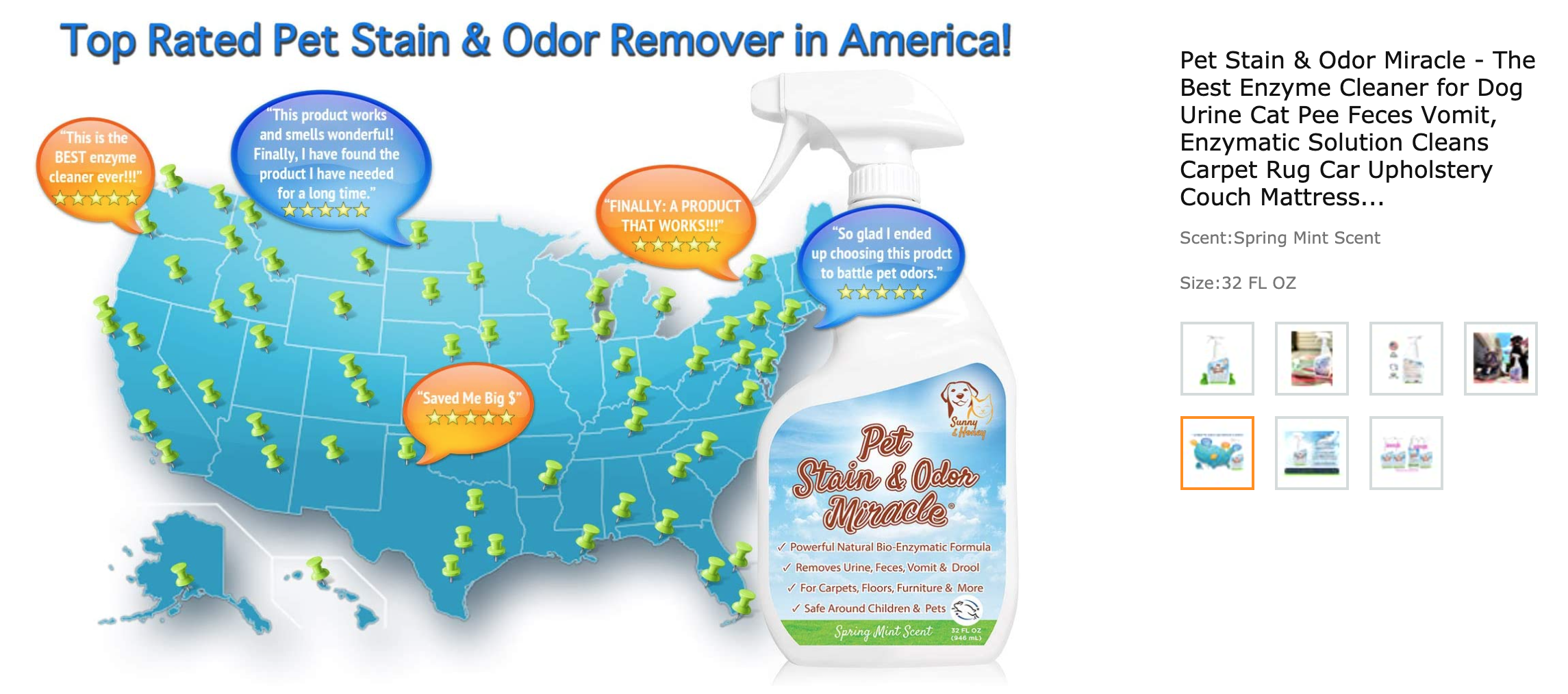
3. On Your Landing Pages
Adding reviews to your product pages is a great first step. But there are plenty of other places to sprinkle review content to spark interest and build shopper confidence throughout your website. Let’s take a look at an example from one of Amazon’s own landing pages.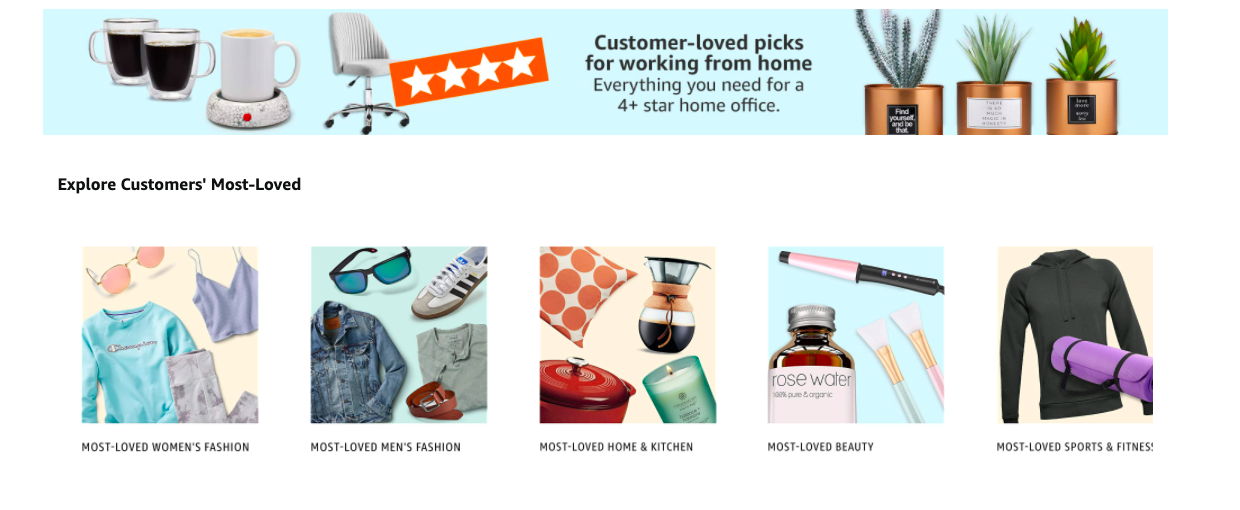
4. On Your Category Pages
Website visitors shouldn’t have to navigate to a product page to see review content. For example, if a shopper lands on the “shampoo and conditioner” category page of this beauty brand’s website, the only way to access reviews is to click through to each product page. What a frustrating user experience!
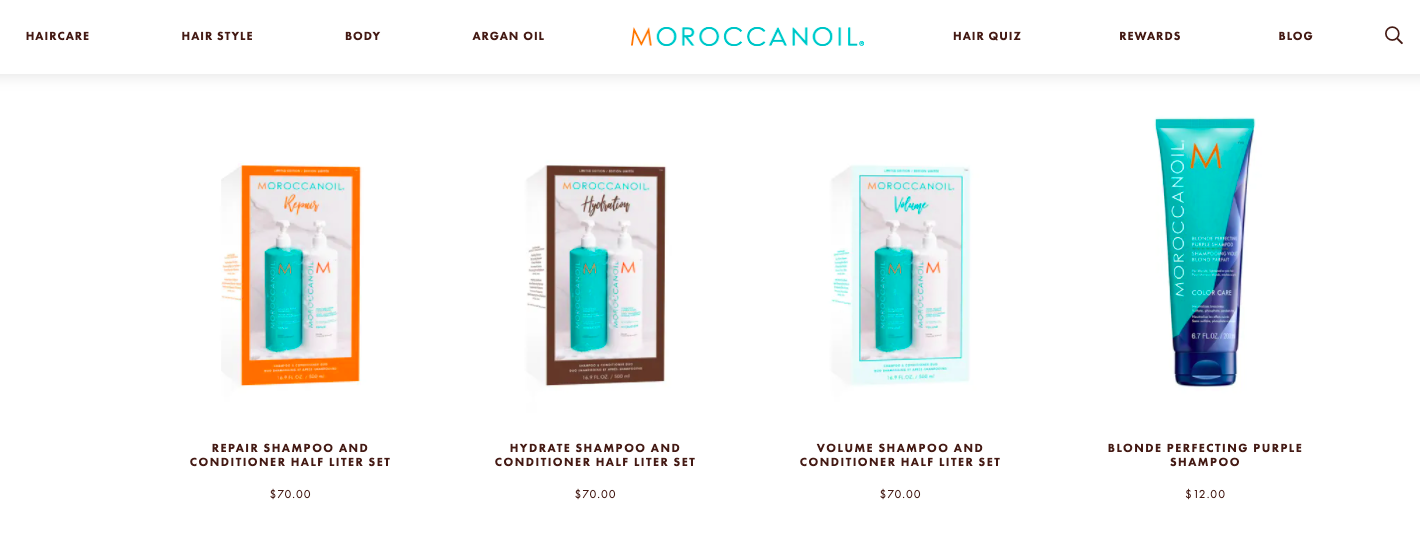
Instead, be sure to include review content on your category pages. At a minimum, display star ratings on category pages to entice shoppers to click through to the product pages to learn more.
Here’s an example of a toy brand’s website that displays the average star rating and review count for each item on a category page. Visitors can also sort category results by star rating.
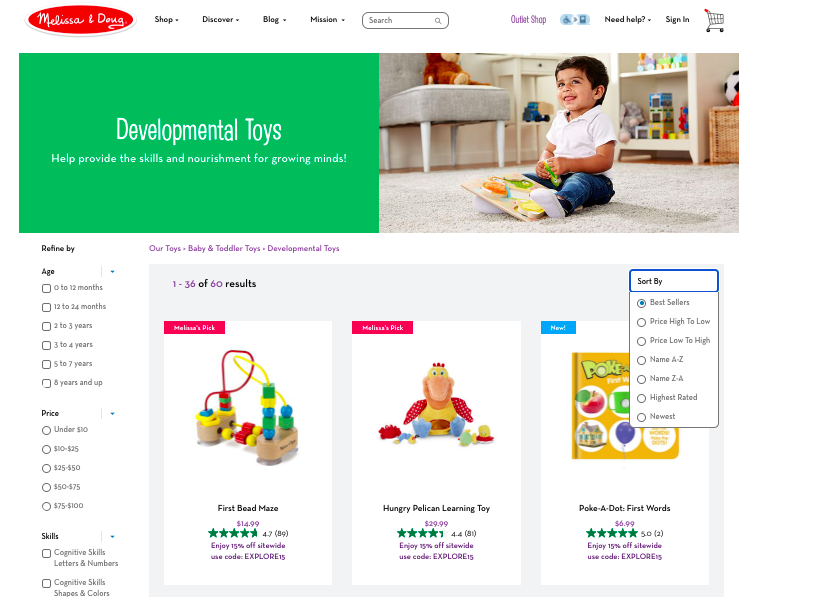
This clothing retailer also displays star rating and review count information on their category pages. It appears when a visitor hovers over a product. Easy access to this information can pique a shopper’s interest — and encourage them to click through to a product page to learn more.
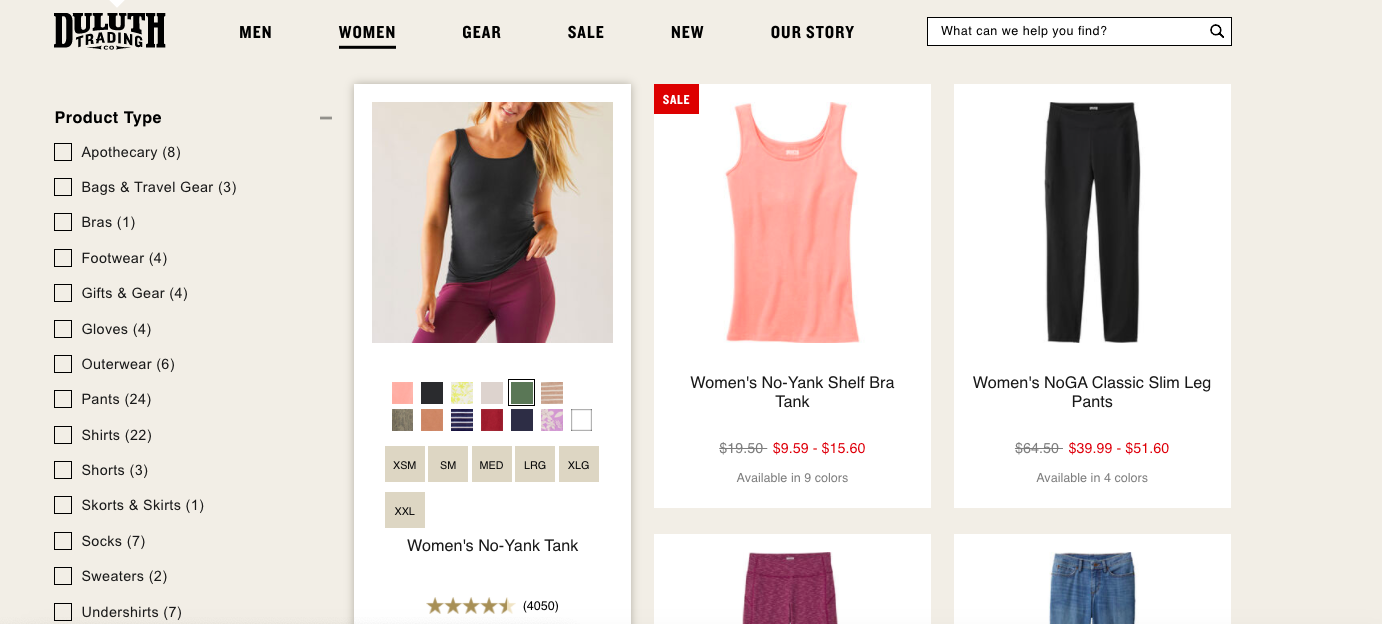
You might even consider taking a page from Amazon’s book by building landing pages specifically for top-rated products within different categories. For example, here’s a landing page that features top-rated products for working from home.
5. On Your Homepage
A shopper lands on your homepage. Where do they go next? The social proof provided in product reviews can help guide them.
For example, Room & Board has a carousel of “top sellers” on their homepage. The star rating and number of reviews are displayed for each of these items to reinforce that these are, indeed, great products.
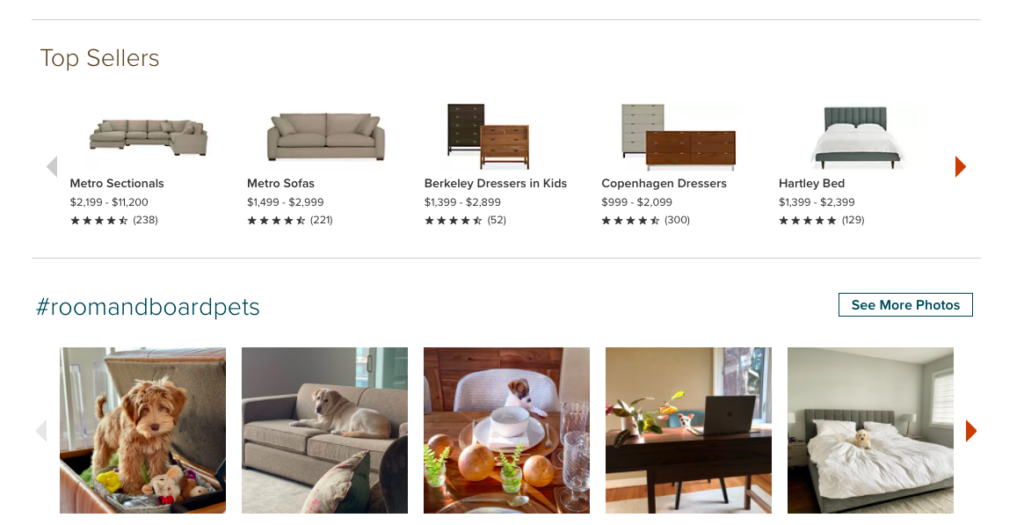
MAC Cosmetics features a similar bestsellers carousel on its homepage, complete with star rating and review count for each item.
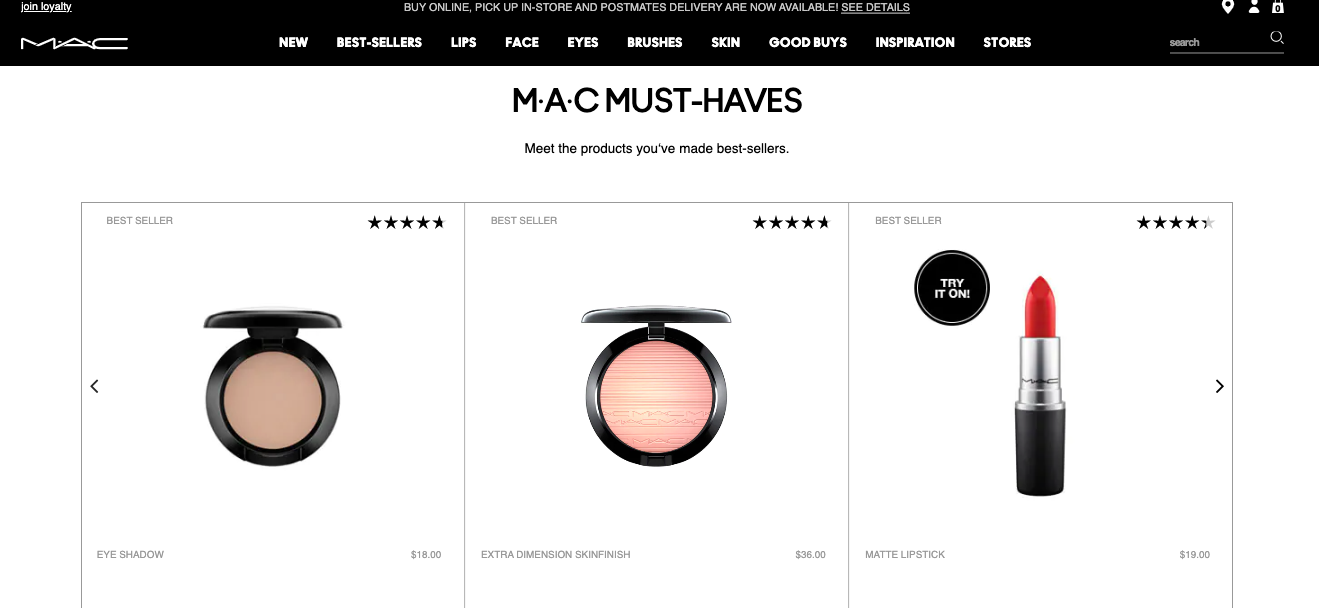
This home and garden retailer has a carousel on its homepage that features items that are on sale, and the average star rating and number of reviews is displayed alongside each product to encourage clickthrough.

Reviews can also be used on a brand’s homepage to build interest for a single featured product. For example, Estee Lauder displays the star rating and text for three glowing reviews for one of its products — right on the homepage.
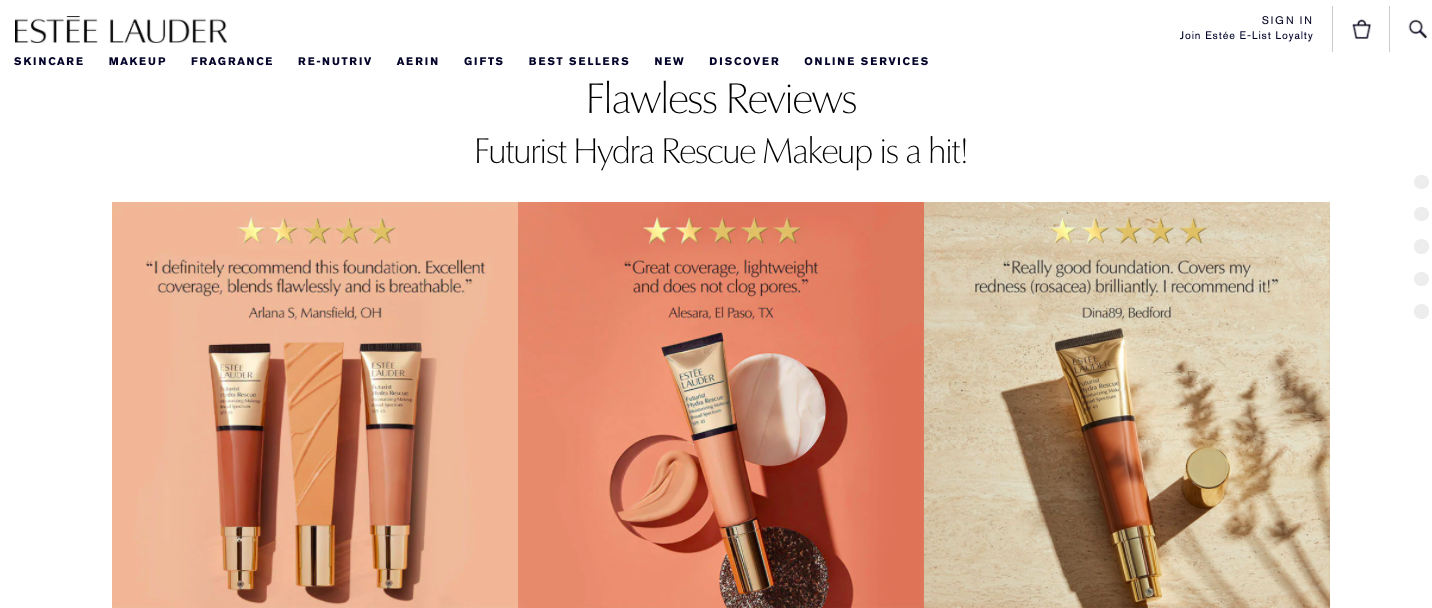
Some brands feature carousels, displays or links to landing pages that feature top rated products. For example, this dog food company has compiled a list of its top-rated products, which is displayed right on the homepage.
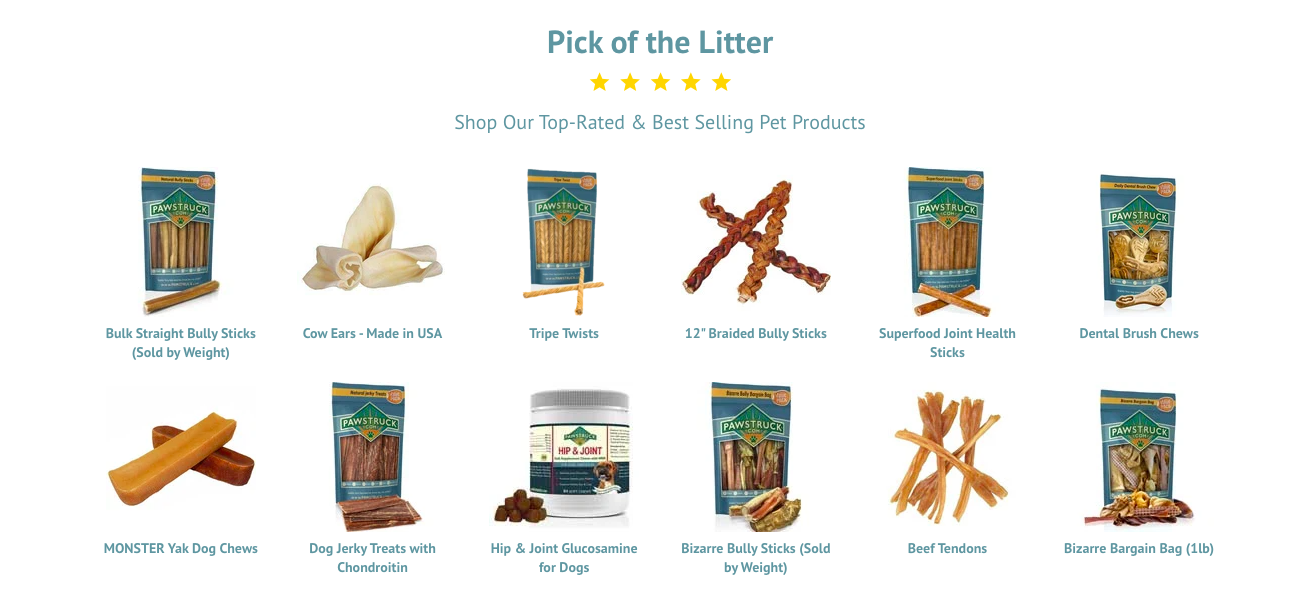
And visitors to Wayfair.com see a link to a landing page for top-rated appliances.
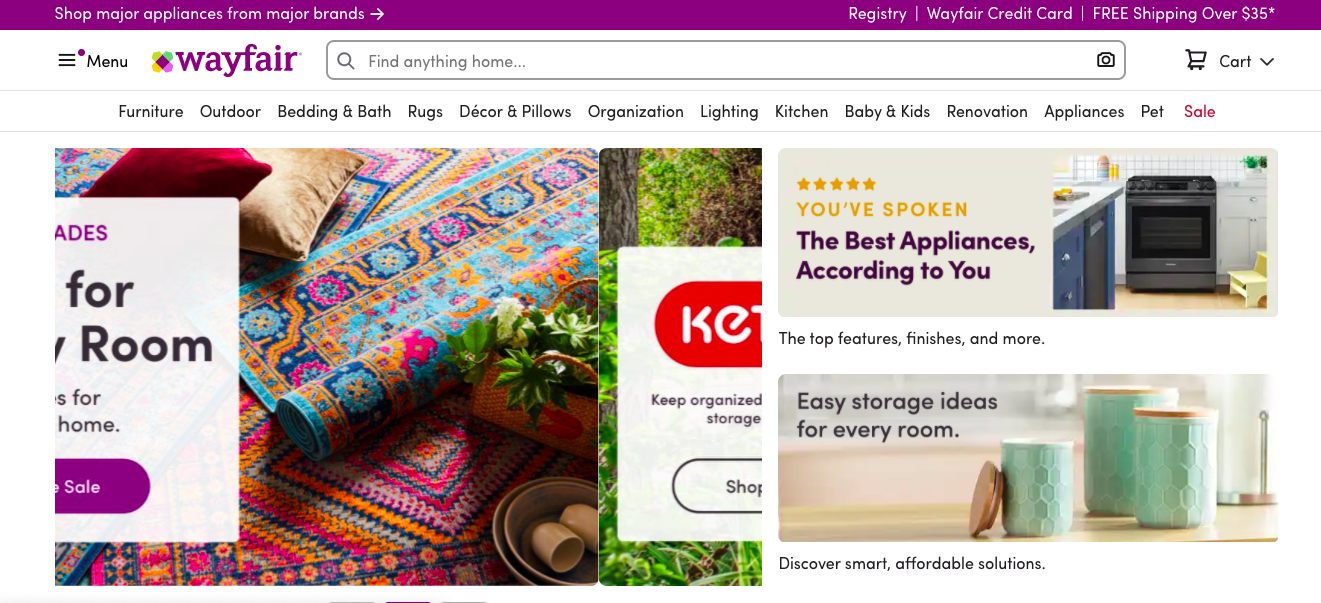
No matter what verbiage you use to convey “peace of mind” on your home page, there’s nothing like hearing it from another customer. Check out this Owlet Care example.
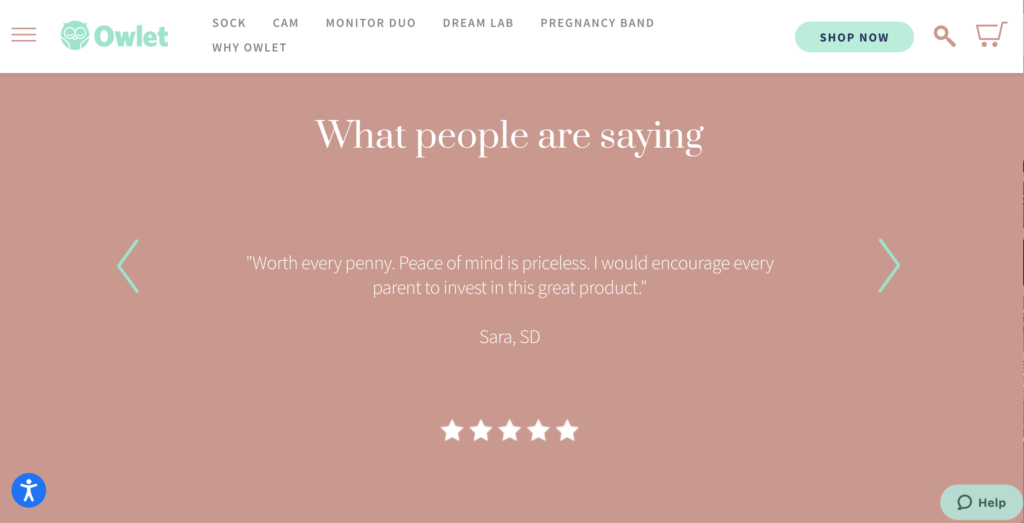
Finally, some brands display ratings and reviews for the company itself — right on the homepage. For example, this athletic apparel brand displays a carousel of reviews that consumers have written about the company. This content signals to future shoppers that this is a brand they can trust.
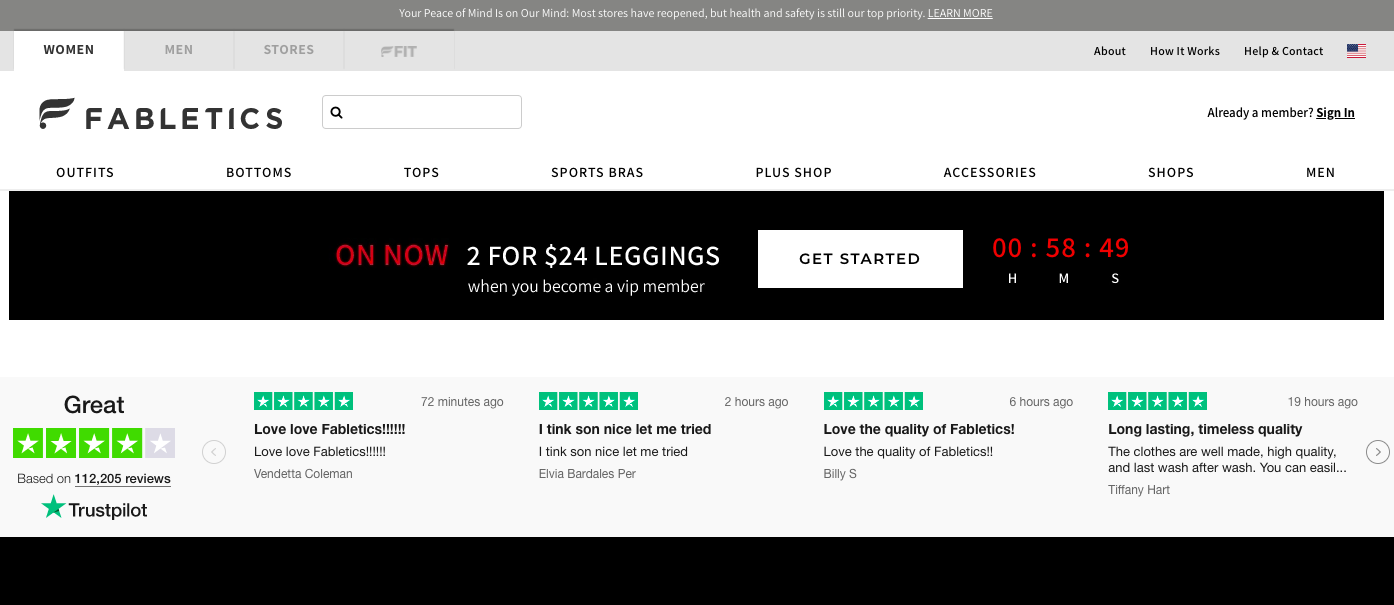
6. On Paid and Organic Social Media Posts
Popular social media channels are a great way to connect with shoppers. After all, social media sites are some of the most popular online destinations.
And there are plenty of opportunities to enhance your organic and paid social media posts with star ratings and reviews from those who love your products.
Here’s an example of a sponsored Facebook post for an apparel brand, which includes an excerpt from a great review for the featured product (as well as the star rating of the review).
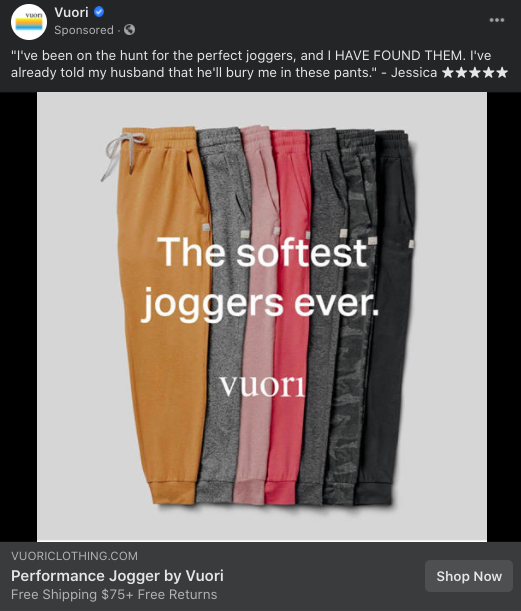
Here’s another example of a Facebook ad that includes an excerpt from a positive review.
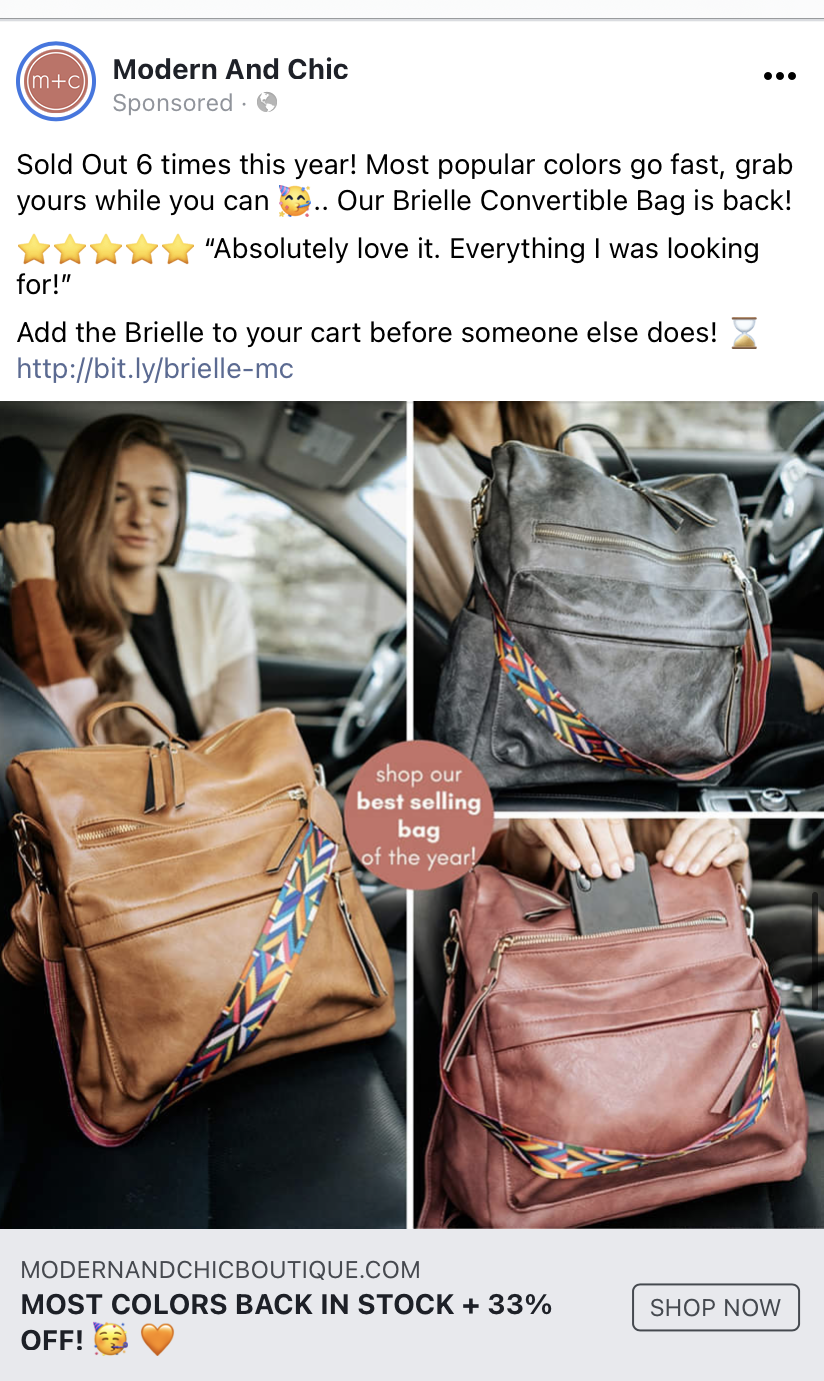
There are also plenty of opportunities to leverage reviews on Instagram to capture the interest of shoppers.
This skincare company runs an ad touting its 7,000+ five-star reviews.
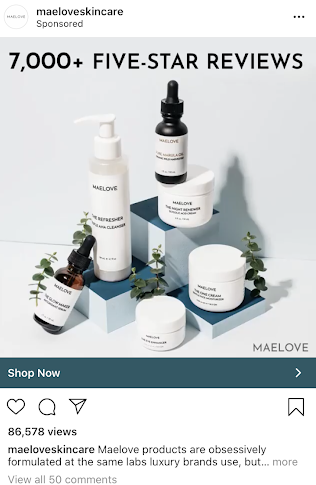
While these three brands feature the text from positive reviews written by real customers in their Instagram ads.
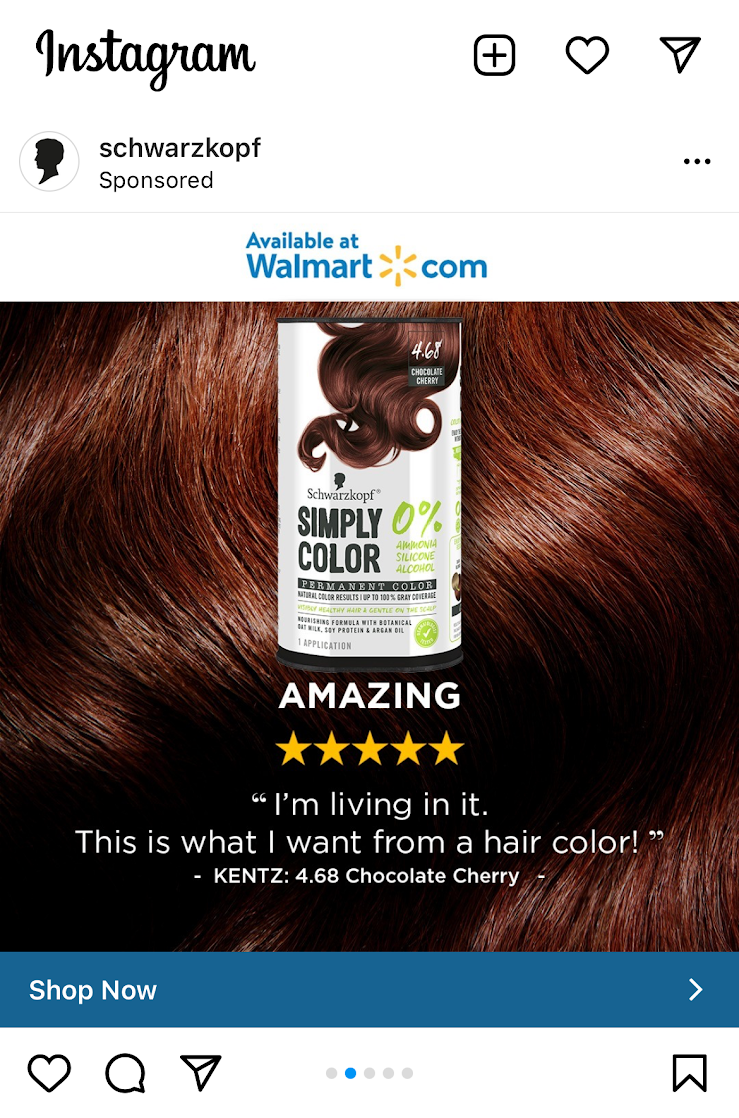
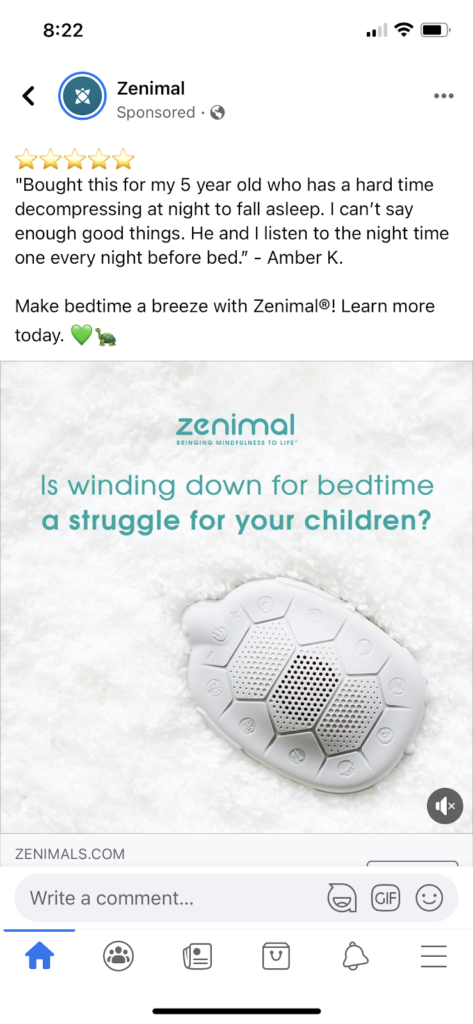

This mental health app runs a multi-image ad on Instagram. One image includes text from an actual review (as well as the star rating). And another image includes the average star rating and review count to convey the app’s popularity.
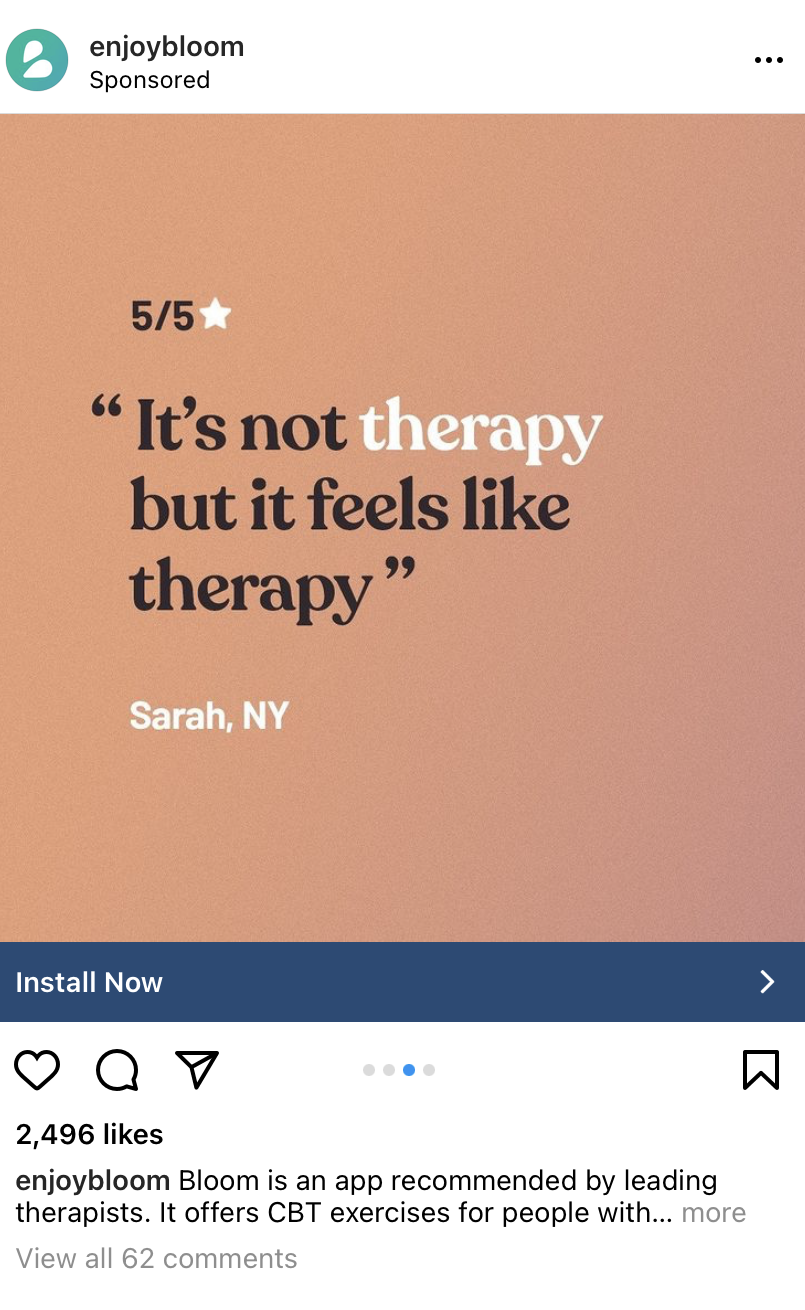
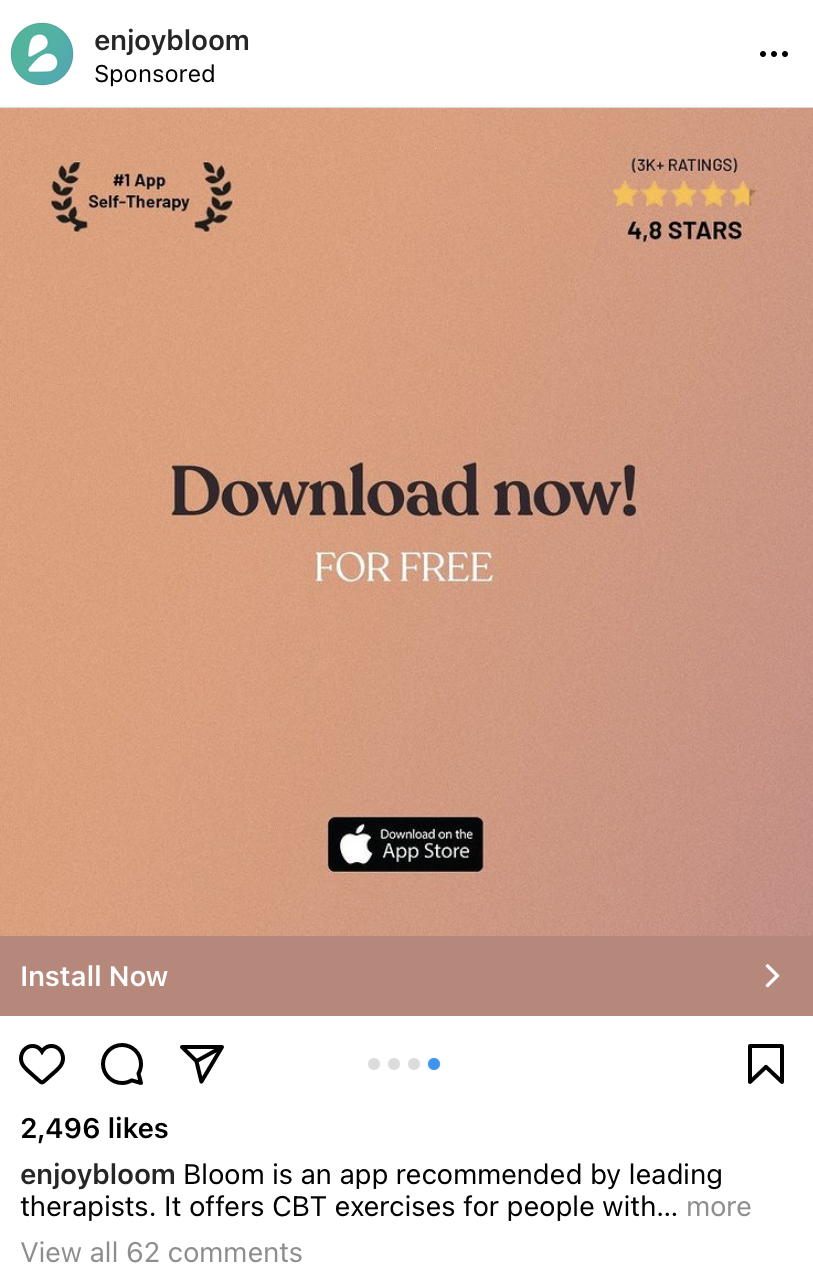
Finally, these two brands have created review “highlights” on their Instagram profiles, which are essentially a series of images that feature great product reviews from real-life customers.
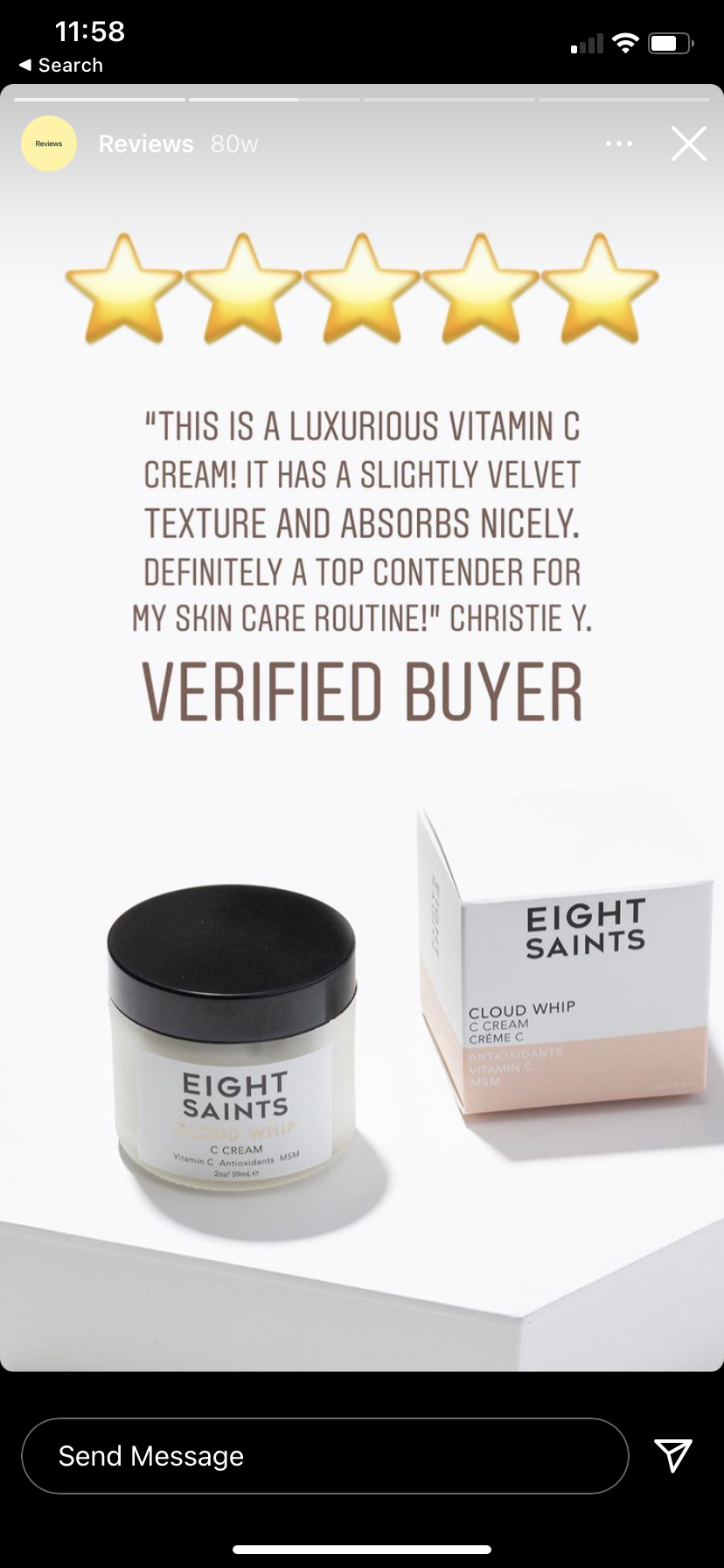
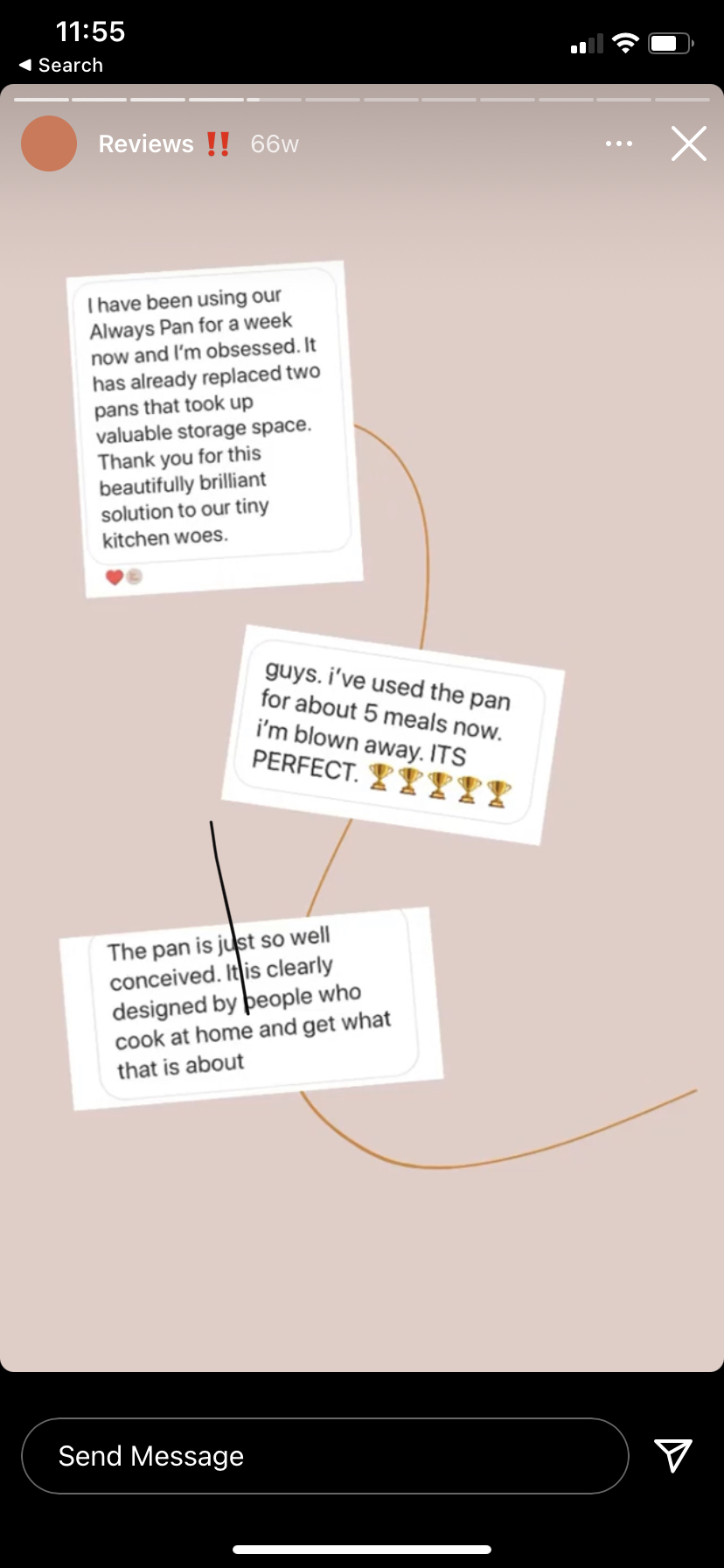
7. In Email Campaigns
Well-timed, targeted marketing emails can create interest for your products — and encourage shoppers to revisit products they’ve considered in the recent past. Adding reviews to these emails adds a layer of social proof that can make them even more effective.
Consider displaying the review count and average star rating for products you’re featuring in a marketing email. Or, stylize the text of an actual, glowing customer review to entice your audience to learn more.
For example, here’s a targeted email sent from Wayfair, with suggested products based on the shopper’s previous shopping behavior. Each product includes the review count, as well as the average star rating.
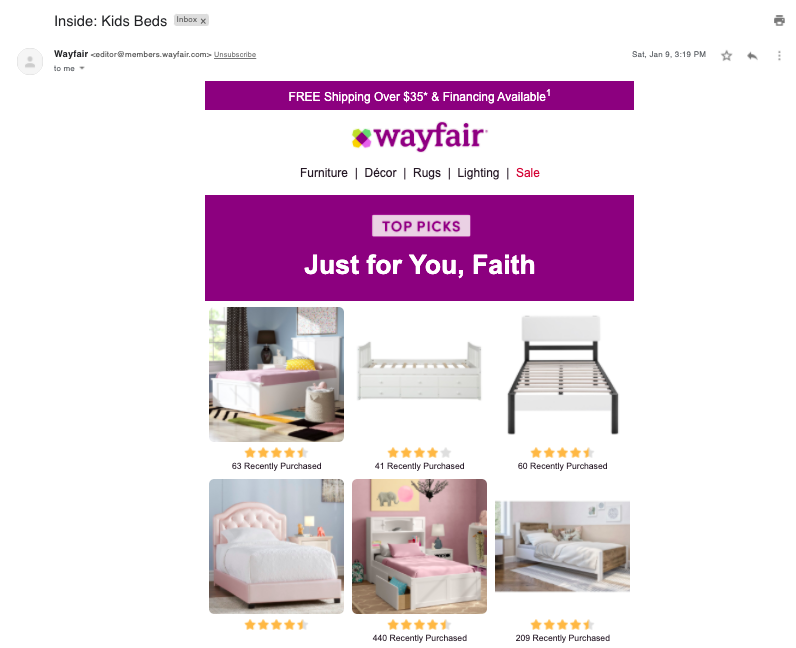
This email campaign used audiobook reviews to promote “raveworthy listens” its subscribers might like.

This marketing email from Bed Bath & Beyond includes a selection of top-rated products “for a healthier me.” And each product includes the star rating and text from a positive review.
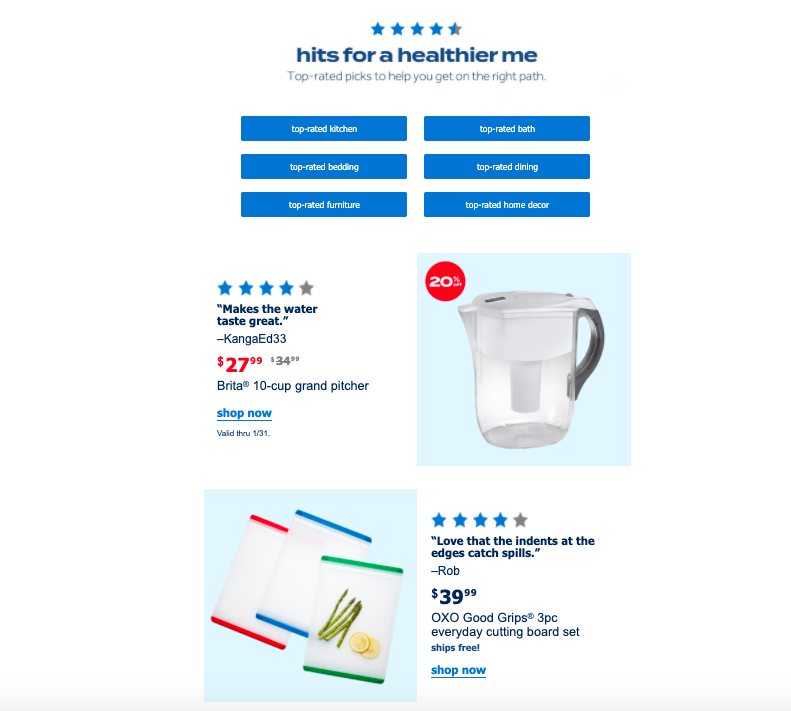
This email from Our Place captures interest by touting that the product has hundreds of five-star reviews.
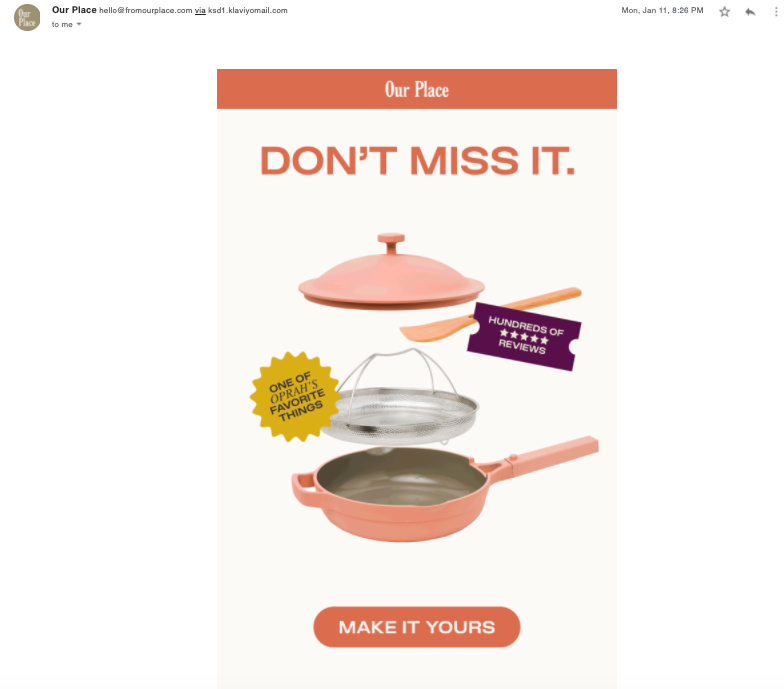
Finally, this email promoting a pair of leggings includes three great reviews from three happy shoppers who have recently bought and loved the product.
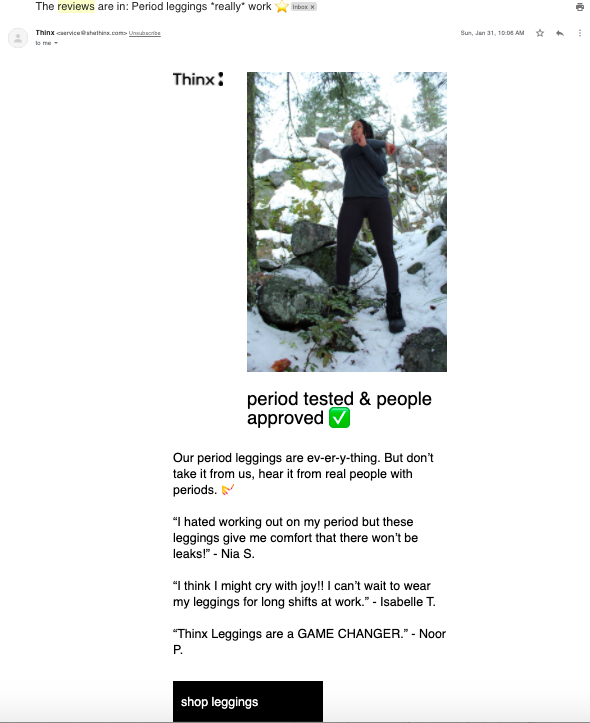
8. In Digital Advertising Campaigns
There are plenty of opportunities to include ratings and reviews in both digital and print advertising campaigns. First, reviews can be a great way to boost the performance of your digital advertising campaigns.
For example, some businesses include star ratings in their display ads to capture the attention of busy shoppers. And others add star ratings in retargeting ads to encourage consumers to give a product another look.
This new, natural lawn care delivery service is using reviews right on its fertilizer packaging, seen here in an image promoting its Happy Lawn fertilizer.
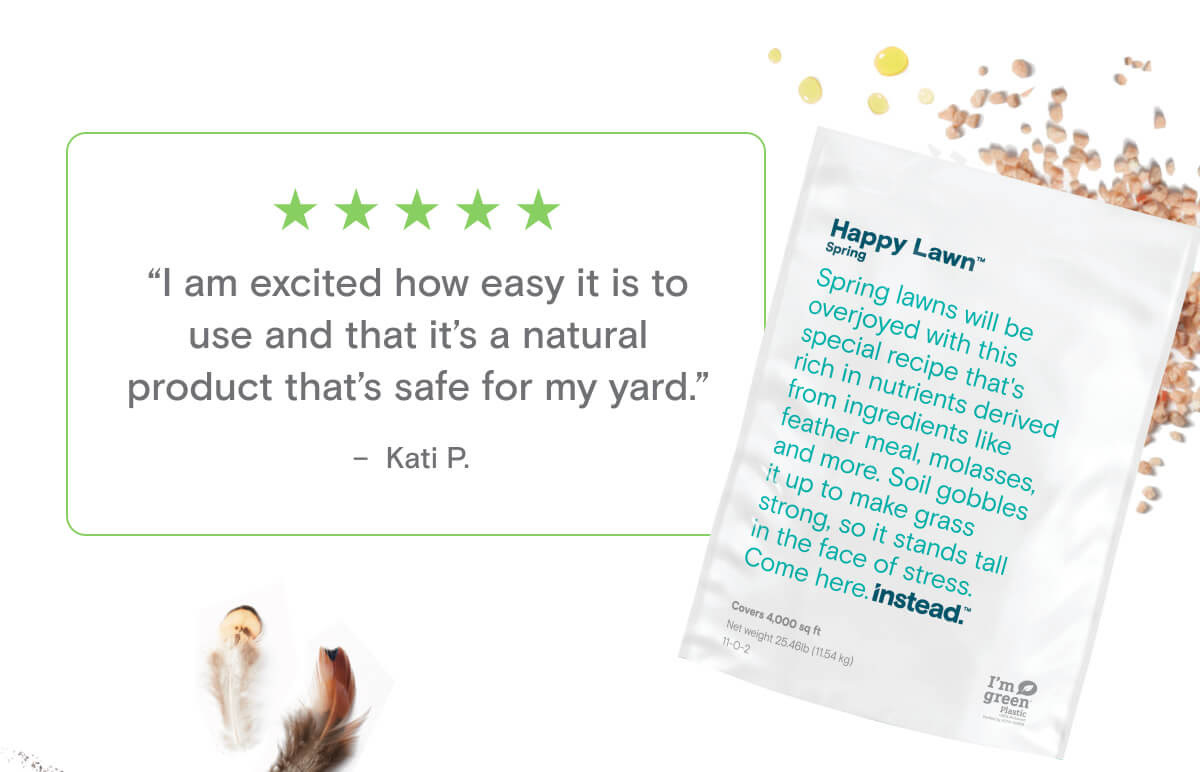
Also, search ads often display star ratings to boost clickthrough rate. For example, let’s say a beauty shopper navigates to Google and searches for “Clinique foundation.” The two ads that appear right under the search bar include the star rating for businesses. And the ads on the right include images of products. A couple of the ads also include the average star rating and the number of reviews for the product in question.
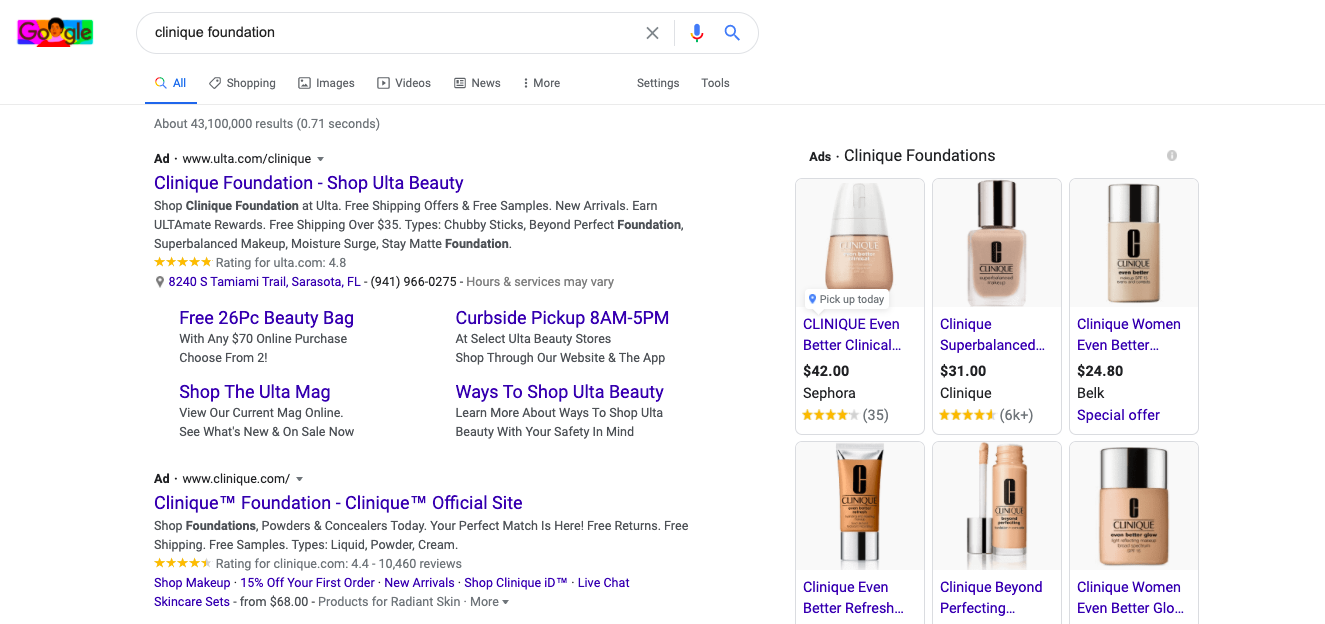
Here’s another example of star ratings and review counts being used in search advertising campaigns.
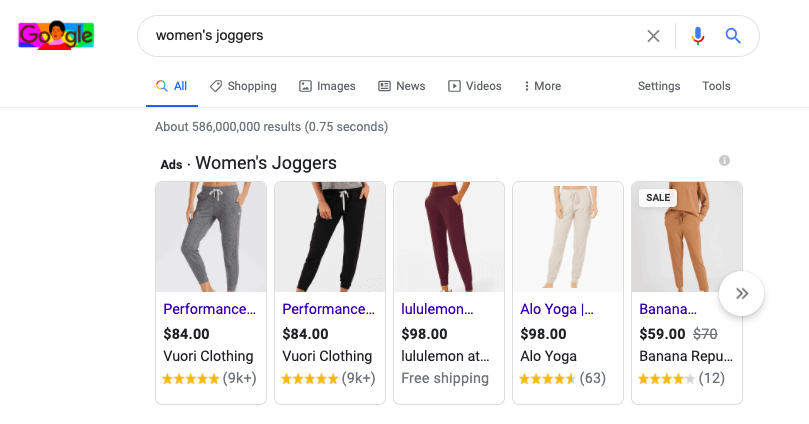
This retargeting ad was served up while viewing a weather site, and it included the star rating for a product.
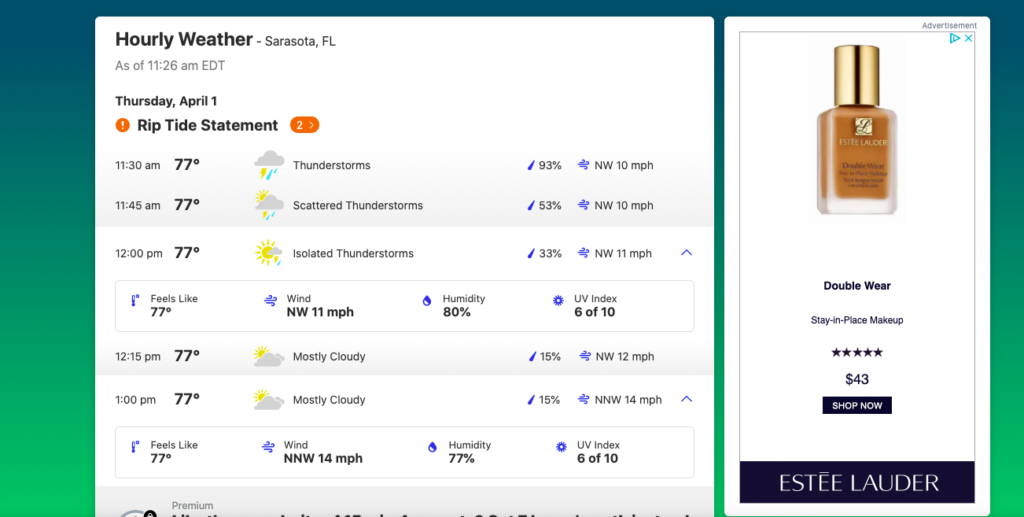
9. In Print Advertising Campaigns
Review content can be added to print advertising campaigns, too.
For example, this direct mail piece promotes that the company has more than 40,000 5-star reviews for its haircare products. It also includes an excerpt from a review from a happy customer.
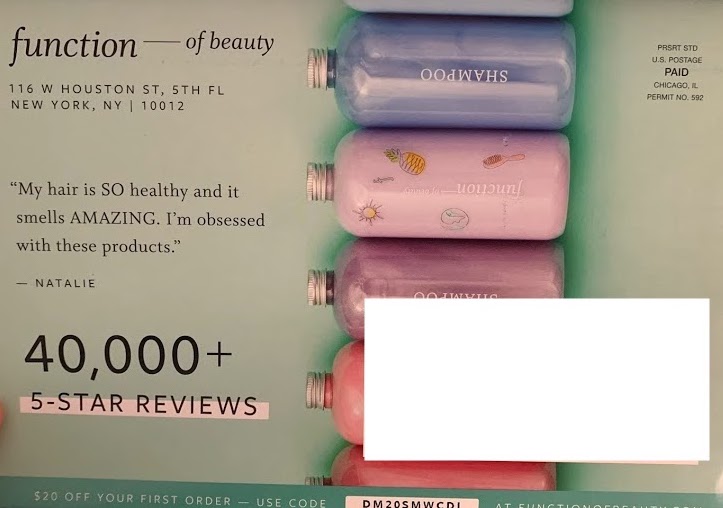
This print ad also includes the text of a review from a satisfied customer.
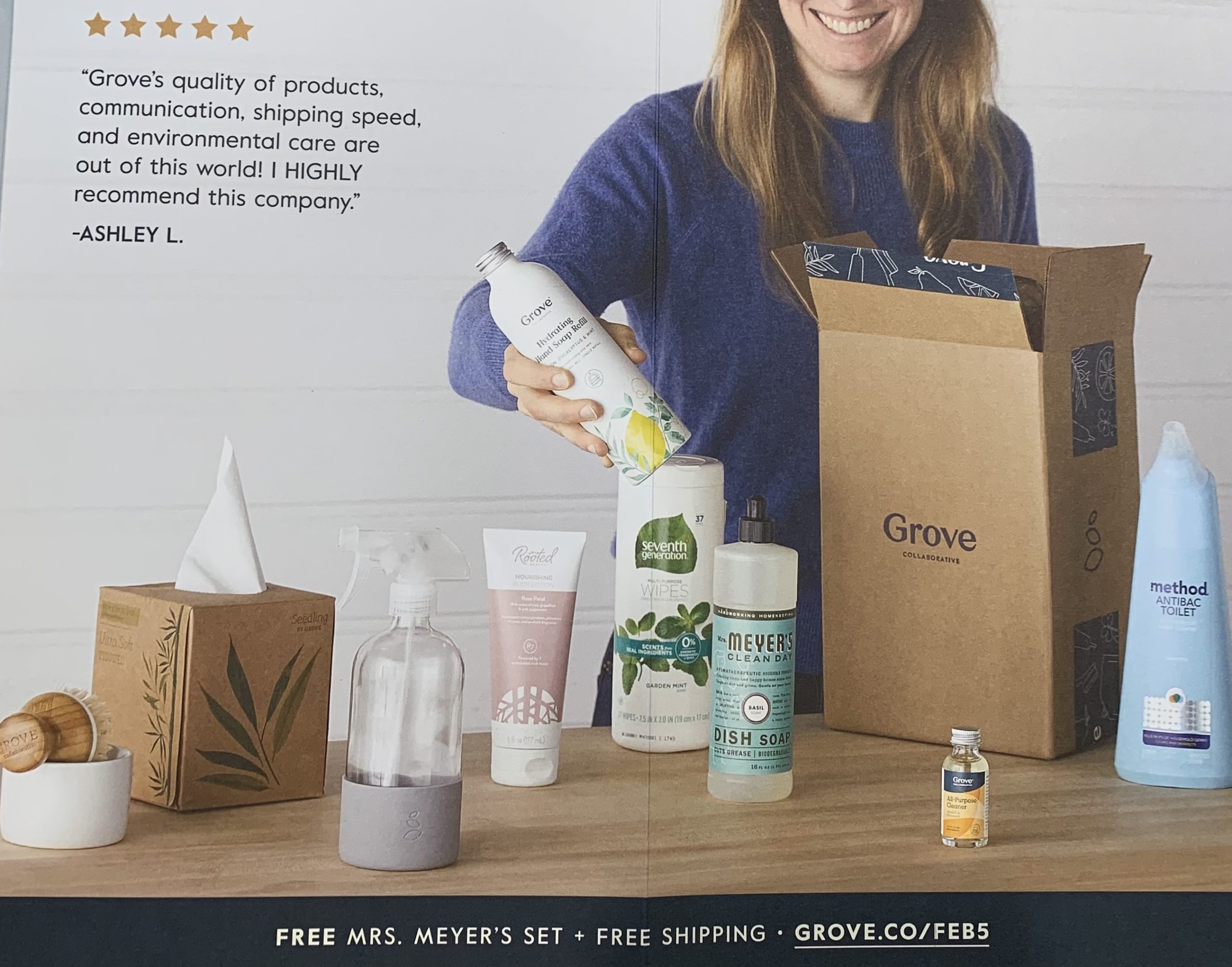
And finally, this magazine ad promotes the fact that this mental health app has over 20,000 5-star reviews.
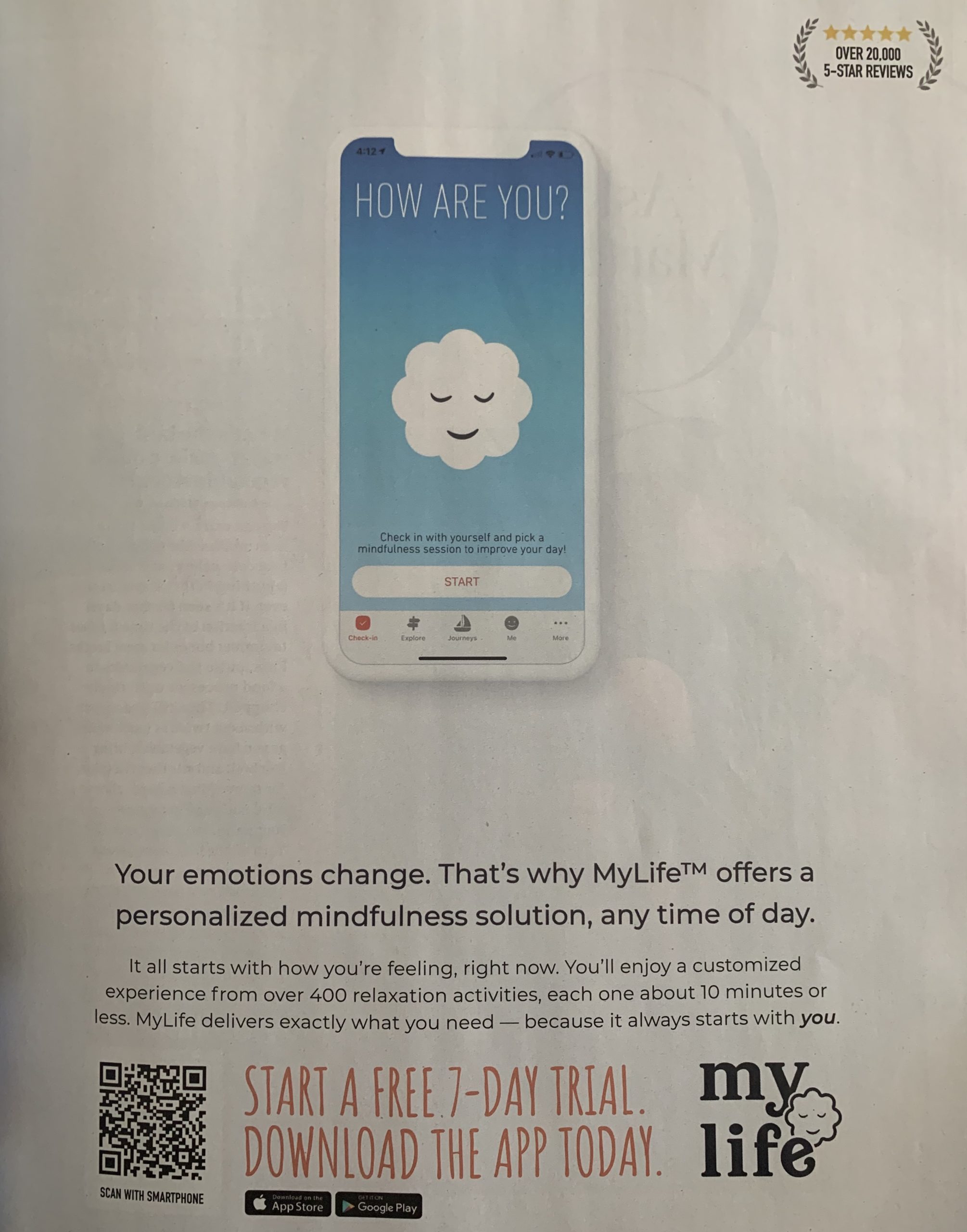
10. In Your Brick-and-Mortar Store Displays
According to new research from PowerReviews, 85% of shoppers turn to reviews when they’re shopping for beauty products in a brick-and-mortar store. That’s likely the case for consumers shopping for other product categories, too.
So if you have brick-and-mortar stores, look for opportunities to leverage ratings and reviews. It’ll help you capture shoppers’ attention — and give them the confidence they need to make a purchase.
Some retailer locations opt to include review content on signage. Here’s an example seen at Costco for mattress company Casper.
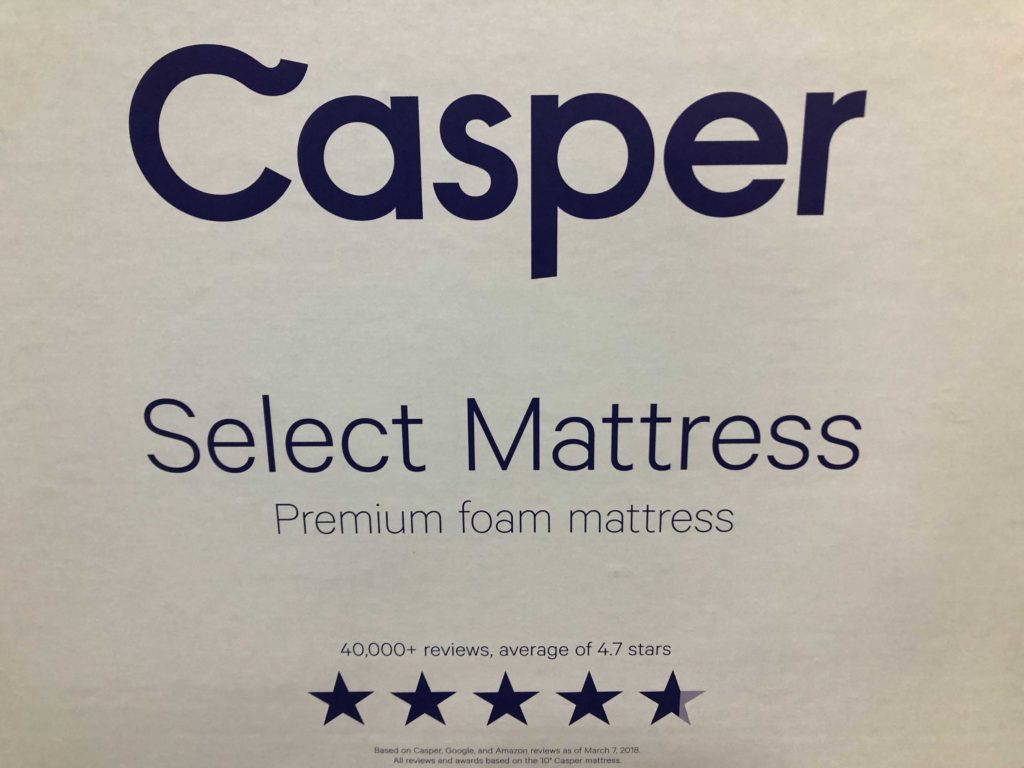
Here’s an example of a display for Native deodorant in a Target store, which promotes the product’s 5,000+ 5-star reviews. This display likely entices more shoppers to check out the product.

Image source: Consumer Goods
On the other hand, Best Buy displays the average star rating and review count on pricing signage, along with other key details about the product.
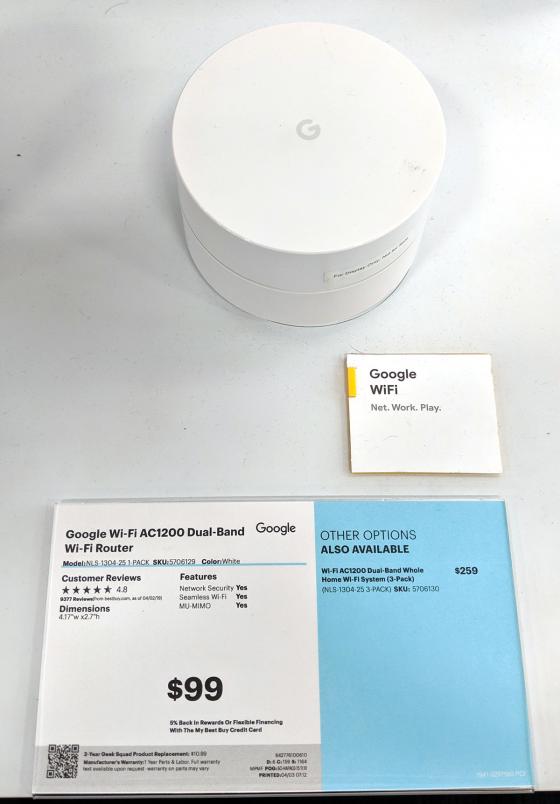
11. On Your Product Packaging
This beauty brand includes the average star rating and the number of reviews on the packaging for this hair tool to attract shoppers’ attention when they’re browsing in a brick-and-mortar store.
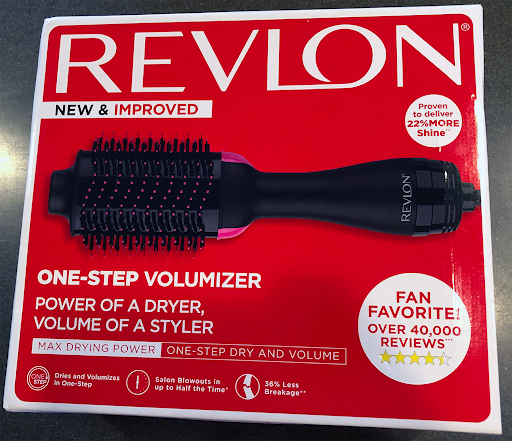
Finally, this Solo Stove arrived in packaging that contained a few choice reviews right on the box.

Leverage Reviews Across Your Marketing Channels to Attract and Convert More Shoppers
Shoppers trust reviews written by others like them. In fact, they often trust this content more than marketing messages that come directly from brands.
But that doesn’t mean it’s impossible to get through to your prospective shoppers.
Instead, now’s the time to leverage the words of your happy shoppers to build trust and improve the effectiveness of your marketing and advertising initiatives.
